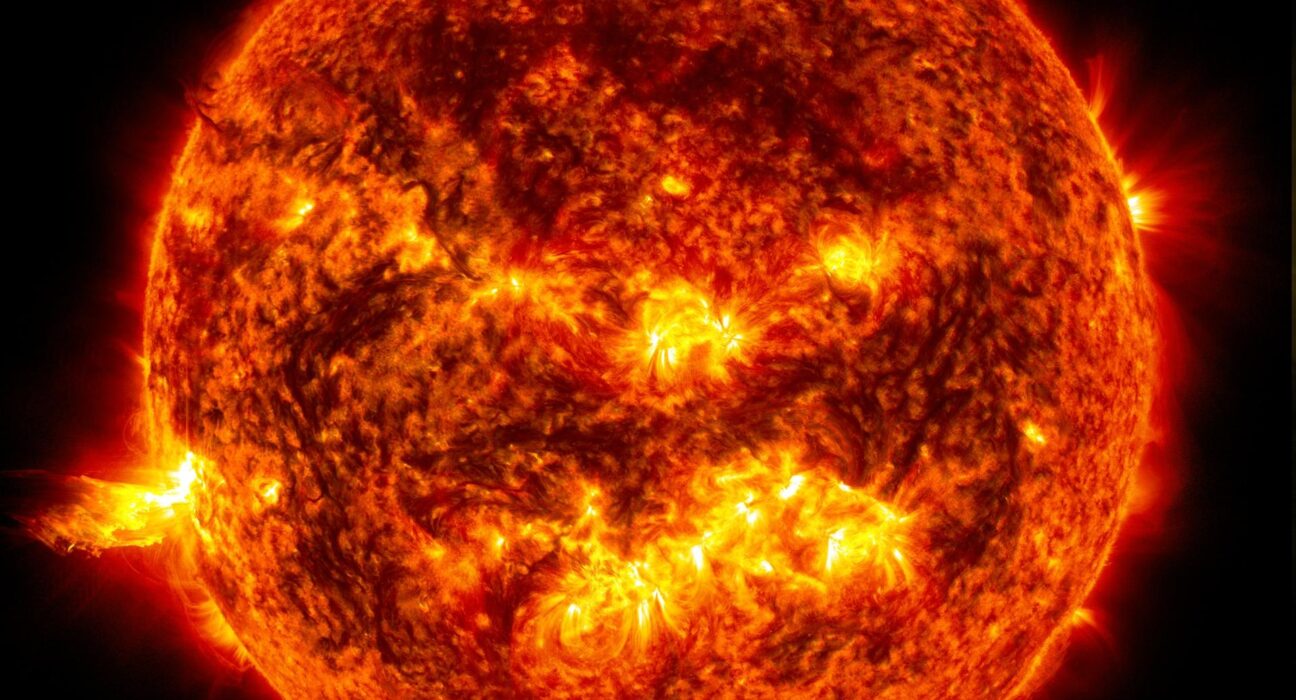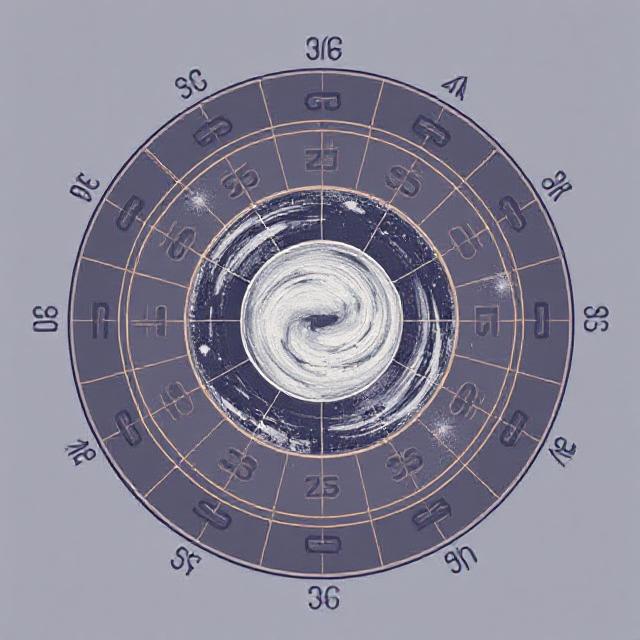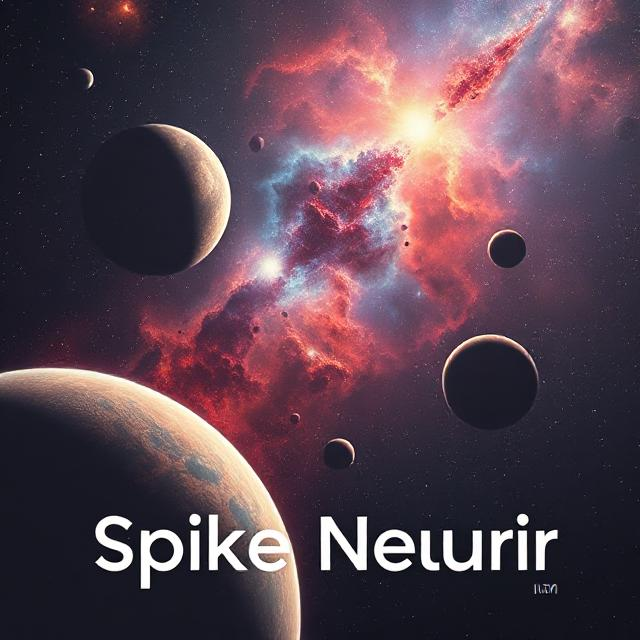Illuminating the Power of the Sun


The Sun: Our Celestial Beacon and Its Unfolding Mysteries
Introduction to the Sun
At the heart of our solar system lies the Sun, an astronomical body that fuels life on Earth. The stunning imagery captured by NASA’s Solar Dynamics Observatory highlights phenomena such as solar flares, which are enormous bursts of energy accompanied by ejections of solar material.
Ancient Reverence for the Sun
For millennia, the Sun has been a source of inspiration and reverence. Ancient civilizations, including the Egyptians, revered solar deities like Re, constructing grand temples and monuments to honor its significance. Today, our fascination with this star remains, as we delve deeper into understanding its complex nature and the energy it produces.


The Quest for Solar Knowledge
Despite significant advancements in solar research, many aspects of the Sun remain elusive. Scientists have made progress in understanding its energy production, yet questions linger about its internal structure, magnetic field, and the mechanisms behind solar phenomena such as solar storms and the extreme temperatures of the corona.
The Core of the Sun
Historically, our grasp of the Sun was limited to its visible surface. The earliest records of sunspots date back to around 700 BCE in China. By the 17th century, researchers discovered that the Sun rotates differently at its poles compared to its equator, a phenomenon known as differential rotation. The 19th century brought further insights, revealing a connection between sunspot cycles and geomagnetic storms on Earth.
In the early 20th century, the understanding of the Sun’s energy source evolved. Observations indicated that the Sun must possess a remarkable energy mechanism, as traditional chemical and gravitational forces could not account for the Sun’s long lifespan, measured in billions of years.
A turning point occurred in the 1930s when physicists, inspired by Einstein’s theory of relativity, identified nuclear fusion as the Sun’s primary energy source. This process, notably the proton-proton chain reaction, transforms hydrogen into helium, releasing vast amounts of energy.
The Neutrino Mystery
Neutrinos, nearly massless particles produced in nuclear fusion, provide a unique window into the Sun’s inner workings. In the late 1960s, physicists began their quest to detect solar neutrinos, leading to the discovery of a puzzling discrepancy known as the solar neutrino problem. Only limited numbers of neutrinos were observed compared to expectations.
However, advancements in detection technology in the 1990s, particularly at the Sudbury Neutrino Observatory and the Super-Kamiokande Observatory, revealed that neutrinos oscillate between different types—electron, muon, and tauon. This breakthrough confirmed that thermonuclear fusion is indeed occurring in the Sun’s core.
Recent Revelations About the Core
In 2017, a significant discovery came from the Côte d’Azur Observatory, where researchers successfully detected gravity-mode oscillations within the Sun. These oscillations indicate that the Sun’s core rotates more rapidly than its surface, completing a rotation in just one week, a remnant of its formative processes.
Further, the Borexino Neutrino Detector in Italy confirmed the presence of neutrinos from the carbon-nitrogen-oxygen cycle, substantiating that this fusion process also occurs in stars like our Sun.
The Sun’s Dynamic Surface
The Sun’s visible surface, known as the photosphere, is marked by dynamic activity, including sunspots, magnetic flares, and coronal mass ejections (CMEs). Sunspots, dark areas on the photosphere, are the result of magnetic fields disrupting the flow of plasma, appearing in cycles approximately every 11 years.


The Role of Magnetic Fields
The convection zone beneath the photosphere plays a crucial role in solar dynamics. Here, plasma circulates, transferring heat and energy. The interaction between the convection zone and the more stable radiative zone beneath it amplifies magnetic fields, leading to the formation of sunspots.
Solar physicists utilize observations from various satellites, including NASA’s Solar and Heliospheric Observatory (SOHO), to study these oscillations and their implications for solar activity. The phenomenon of meridional circulation, akin to Earth’s trade winds, may also influence sunspot cycles.
Understanding Solar Flares and Magnetic Reconnection
The first recorded observation of a solar flare dates back to 1859, when astronomer Richard Carrington witnessed an intense burst of energy, leading to significant geomagnetic storms on Earth. This event underscored the Sun’s capacity to release vast amounts of energy and its potential impact on our planet.
The Breakthrough of Magnetic Reconnection
In the 1950s, British scientist James Dungey proposed the concept of magnetic reconnection, explaining how twisted magnetic fields can release energy explosively. This phenomenon is now understood to be central to solar flares and other magnetic activities, with recent space missions confirming its role in various astrophysical contexts.
The Corona: The Sun’s Outer Layer
One of the most perplexing mysteries of the Sun is the extreme temperature of its corona, which can reach millions of degrees, despite the cooler temperatures of the underlying photosphere. Theories abound regarding how the corona achieves such high temperatures, including the idea that repeated small flares contribute to heating.
Unraveling the Solar Wind
The solar wind, a constant stream of charged particles emanating from the Sun, has been a subject of study since the mid-20th century. Insights from missions like NASA’s Parker Solar Probe have revealed new dynamics within the corona, linking magnetic reconnection to the solar wind’s generation.
ESA’s Solar Orbiter has also provided valuable data, capturing images of jets and plumes in the corona that may contribute to the solar wind.
Conclusion: The Ongoing Journey of Discovery
Despite our advancements in solar science, many questions remain unanswered. The interior of the Sun, the nature of sunspot cycles, and the triggers for significant solar events continue to intrigue researchers. As technology improves and new data is gathered, we are poised to uncover more about our Sun, the star that sustains life on Earth and influences our celestial neighborhood.
The mysteries of our nearest star are far from resolved, and the quest to understand its depths is an ongoing journey filled with potential discoveries.










